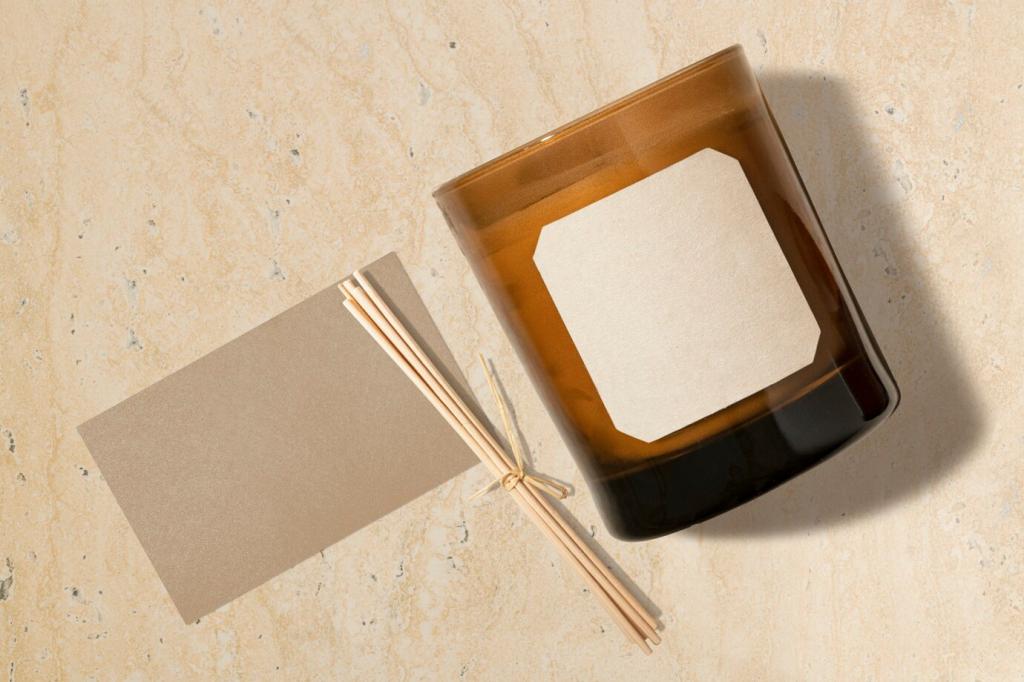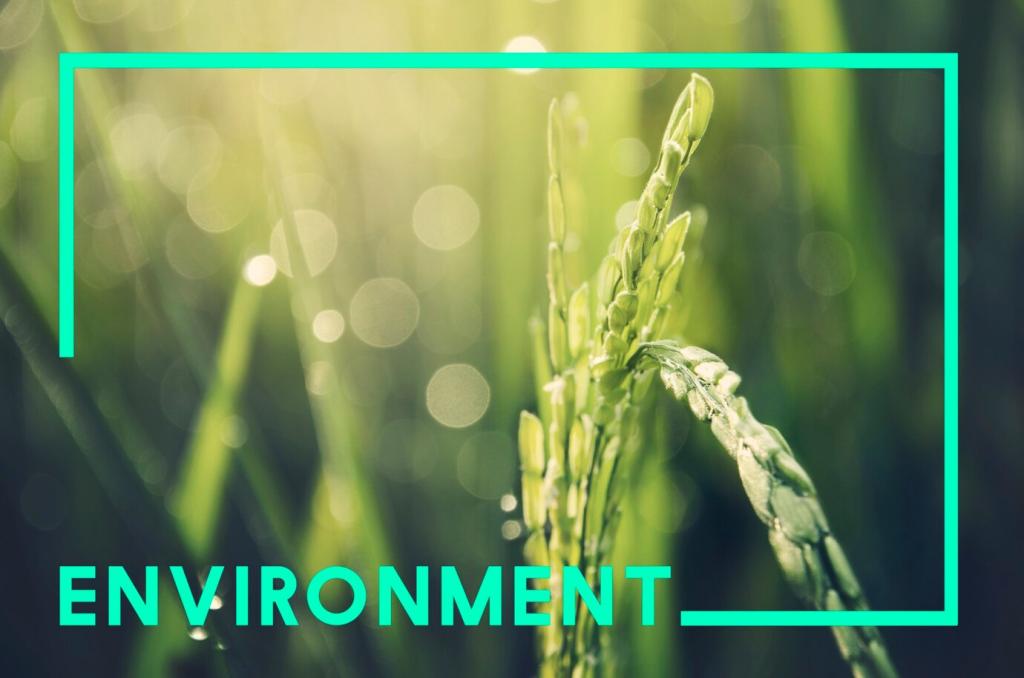
Designing Outdoors with Biodegradable Materials
Chosen theme: Biodegradable Materials in Exterior Design. Step into a world where decks, facades, paths, and planters celebrate nature’s cycles—crafted to perform beautifully, then return safely to the earth. Join our community, subscribe for field-tested insights, and share how you’re reimagining exteriors with materials that leave a lighter footprint.
Foundations of Biodegradable Exterior Design
What “biodegradable” truly means outside
Outdoors, biodegradable means microbes can break materials down into benign components under real conditions—moisture, oxygen, temperature, and UV. Look for credible test references like ISO 17556 for soil, and understand differences between “compostable at home,” “industrial compostable,” and “biobased but durable.” Share examples you’ve seen mislabeled, and let’s build a jargon-free glossary together.
Planning service life and graceful endings
Design with an intended lifespan and a clear exit plan. Choose materials that perform for the required years, then can be disassembled, shredded, or composted without toxic residues. Build in sheltered zones, drainage, and reversible fixings to extend usefulness while preserving biodegradability. Tell us how long you need your installations to last, and we’ll suggest matched materials.
Certifications and trustworthy sourcing
Seek suppliers providing Environmental Product Declarations and recognized marks like FSC or PEFC for wood, and TÜV OK compost HOME or INDUSTRIAL where applicable. Cross-check additives, coatings, and binders that could hinder breakdown or introduce microplastics. If a claim feels vague, ask for lab reports. Subscribe for our verified supplier list and share your reliable sources.
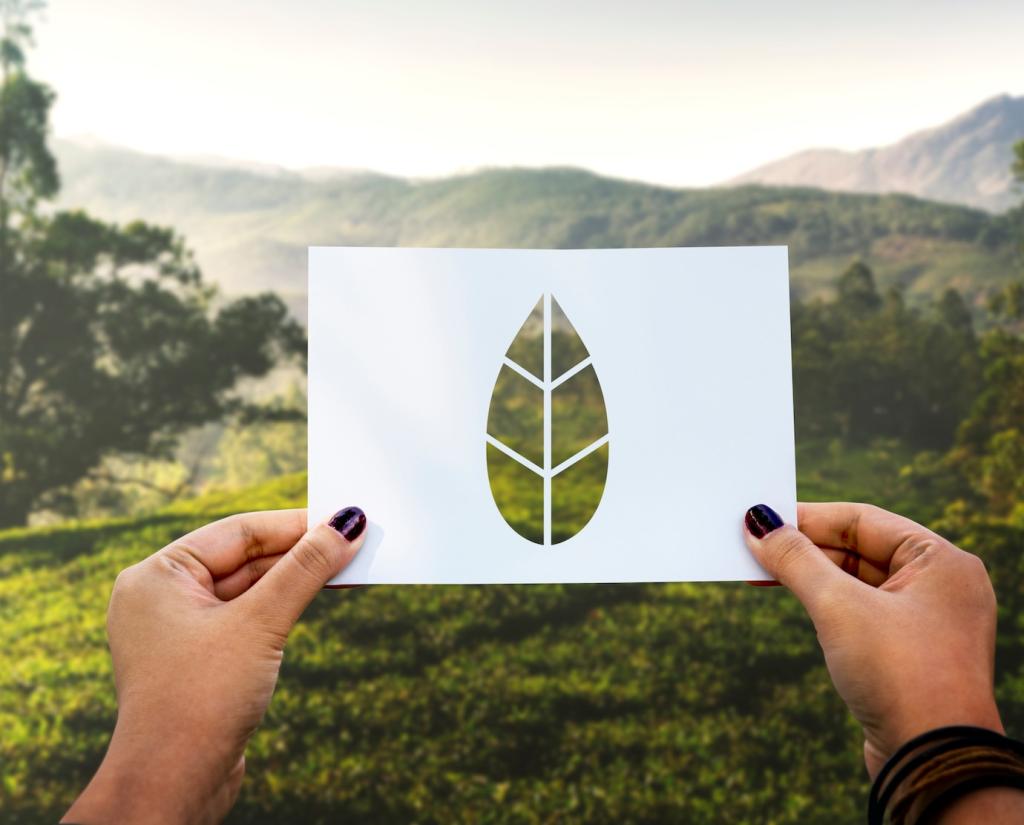
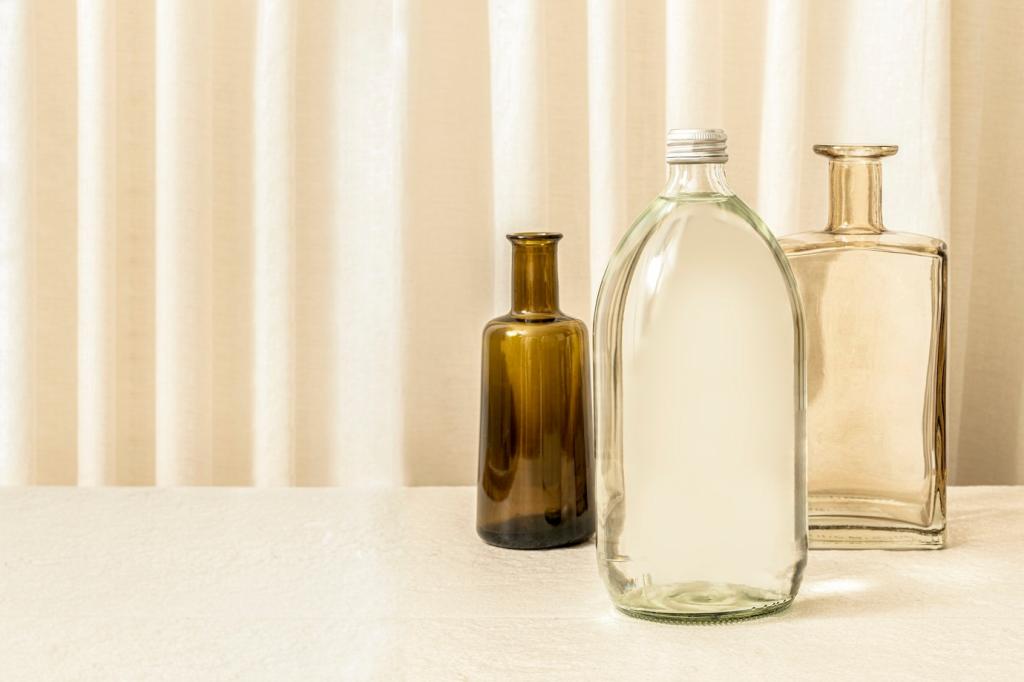
Material Spotlight: Bamboo, Cork, and Hempcrete in the Elements
Engineered bamboo boards and laminated beams offer excellent strength-to-weight and warm tactility. Choose outdoor-rated products with heat-treated fibers and low-tox binders, ventilate underneath, and oil periodically for UV resistance. We once resurfaced a café walkway with bamboo; after a rainy season, simple edge-drip detailing made the difference. Would you try it on your terrace?
Material Spotlight: Bamboo, Cork, and Hempcrete in the Elements
Expanded cork boards, made by steam-fusing granules, provide weatherable facades with thermal and acoustic benefits. Their smoky, textured surface ages gracefully, especially with generous overhangs. A small studio we visited used cork on a courtyard wall; the space became noticeably quieter and warmer. Share photos if you have cork outdoors—what rainscreen gaps worked best?
Bio-based Composites and Bioplastics Under Sun and Rain
Mycelium panels for sheltered pavilions
Mycelium composites shine in covered locations—beneath eaves, inside pergolas, or as acoustic baffles. They require breathable finishes and protection from standing water. We trialed panels in a riverside kiosk; a generous drip edge and raised mounting kept them crisp through storms. Curious about finish recipes? Comment to receive our breathable coating checklist.
PLA and PHA parts: planters, brackets, trims
Bioplastics like PLA and PHA can serve as modular components with UV stabilizers and mineral fillers. Design parts for thick, rounded sections to resist cracking, and plan end-of-life through appropriate composting streams. We printed planter brackets with replaceable sleeves to facilitate repair. Would you like the open-source files? Subscribe and we’ll send the download link.
Algae-based membranes and shade
Algae-derived polymers are emerging as lightweight membranes for shade and artful wind screens. They filter light with a gentle hue and can be laminated over natural fiber scrims. Early prototypes use reversible stitching rather than adhesives. If you’re piloting algae materials, share your climate data—sun hours, humidity—and we’ll compare weathering results in a future post.
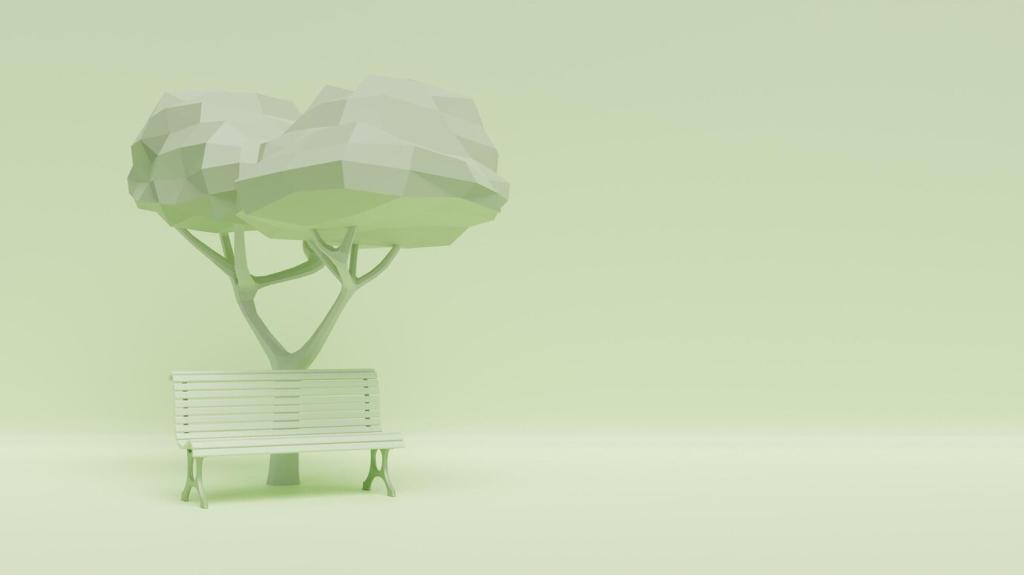
Coir and jute blankets for banks and berms
Coir and jute mats slow runoff, hold seeds, and give roots time to anchor, typically degrading over one to three years. On a community creek day, we staked coir logs along bends; by spring, willow roots laced through the fibers. Post your before-and-after photos to inspire other neighborhoods tackling erosion.
Biodegradable mulch films in urban beds
Starch-based or PLA/PHA-blend mulch films suppress weeds, keep soils moist, and avoid the microplastic legacy of conventional films. Edge them securely and perforate near stems for airflow. A streetscape trial halved watering visits in late summer. Want our installation checklist and sourcing map? Subscribe and we’ll deliver it to your inbox.
Prioritize mechanical connections—slotted battens, bolted cleats, wooden dowels—so components can be removed without damage. Avoid permanent adhesives that complicate recycling or composting. Label parts discreetly for reassembly. Tell us which concealed fasteners have weathered best; reader-tested details make everyone’s projects stronger and easier to maintain.
Design for Disassembly and Circular Stewardship
Create simple passports listing composition, coatings, and end-of-life pathways, then link them with weatherproof QR tags. Crews scan, learn, and act without guesswork. In a small plaza project, this cut dismantling time dramatically. Want our passport template? Comment “passport” below and we’ll send the editable file set.
Design for Disassembly and Circular Stewardship
